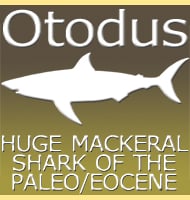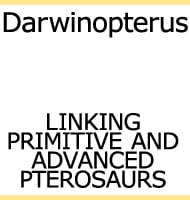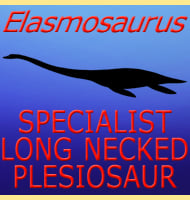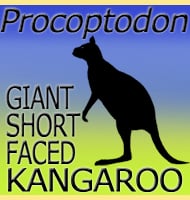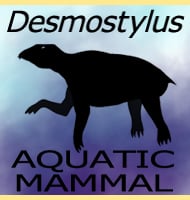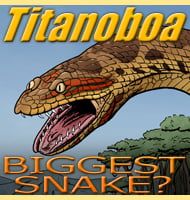In Depth
The most noteworthy feature of Coelurosauravus are the dermal ossicles, creating thin strands of bone that extended from the flanks and supported a gliding wing. This may have provided a limited flight capability over short distances by jumping from a high point and steering itself by twisting towards a lower spot as it fell down.
In Coelurosauravus the back of the skull also features a frill similar to the kind seen in later ceratopsian dinosaurs. This is likely to have been a display feature as opposed to an aerodynamic one.
It is thought that Coelurosauravus would have lived within the tree canopy, gliding from branch to branch in a similar manner as a flying squirrel. This way it could quickly cover a number of trees in a shorter space of time than that required to climb down and up each individual tree.
These gliding membranes may also have been a display structure for attracting mates and/or dominance displays with rivals. They may have also formed a threat display by being quickly opened to startle predators when they got too close, allowing Coelurosauravus a chance to escape.
Further Reading
– A review of the Upper Permian genera Coelurosauravus, Weigeltisaurus and Gracilisaurus (Reptilia: Diapsida). – Zoological Journal of the Linnean Society. 90 (3): 275–303. – Susan E. Evans, Hartmut Haubold – 1987. – Gliding Mechanism in the Late Permian Reptile Coelurosauravus. – Science. 275 (5305): 1450–1452. – Eberhard Frey, Hans-Dieter Sues & Wolfgang Munk – 1997. – New information on the anatomy of the Late Permian gliding reptile Coelurosauravus. – Pal�ontologische Zeitschrift. 81 (2): 160–173. – G�nther Schaumberg, David M. Unwin & Silvio Brandt – 2007. – New data on the morphology of the Late Permian gliding reptile Coelurosauravus elivensis Piveteau. – Paleontological Journal. 49 (4): 413–423. – V. V. Bulanov, A. G. Sennikov – 2015.

